This recreation of the Kabuto of Daimyo Oda Nobunaga is lavishly detailed in lacquered steel, colorful lamellar cords, horsehair and brass accenting. It comes with a wooden display stand and will easily be the focal point of a collection of Japanese arms and armor. Not merely for display, the helmet is lined and is fully functional and can be worn.
The helmet dome and its articulated lames are crafted from 18 gauge steel and are finished with a flat gray-green lacquer. Multi-colored braided cotton cords give the lamellar plates form and articulation. The helmet is embellished with brass medallions and a bold brass crest which can be removed.
The Mempo armored mask is a separate piece from the helmet and can be removed; it has a moustache of genuine horsehair and an upper lip of stained wood. It is tied to the helmet with its thick green cords. If desired the nose and moustache of the mask can be removed to leave only the cheek and chin armor.
Tenka Fubu – One Realm Under One Sword; the motto of famed the Sengoku Daimyo Oda Nobunaga. Regarded as one of the great unifiers of Japan, the ambitious Nobunaga consolidated much of Honshu under his control by masterfully wielding strategy, tactics, politics and culture.
At the battle of Okehazama he demonstrated his ability as a cunning tactician by distracting the forces of Imagawa Yoshimoto with a dummy army and banners; using a forest and a thunderstorm as a cover he unleashed a tidal ambush on the Imagawa camp and swept the much larger Imagawa force away and put them to flight.
At Nagashino, Nobunagas early admiration and adoption of the foreign-derived Arquebus was rewarded when his vassals and the allied forces of Tokugawa Ieyasu defeated the fast, famed and fierce Takeda cavalry charge with gunpowder and disciplined volley fire. A longtime collector of European art and arms, Oda Nobunaga did not shy from adapting foreign technology and ideas to fit his plans and it paid a great dividend at Nagashino.
In addition to his adoption of matchlocks, Nobunaga ensured that his Ashigaru foot soldiers were numerous, well-drilled and uniformly outfitted and equipped to foster camaraderie. When conquering a new province Nobunaga would begin a program of economic liberalization which emphasized free markets by abolishing monopolies. A patron of the arts he largely ushered in the Momoya period of art with his extensive commissions and collections. His Tea Master refined the Tea Ceremony and under Nobunagas advocacy it became a cultural edifice.
Oda Nobunaga took his own life, performing Seppuka when a violent coup from a subordinate set the temple ablaze in which Nobunaga was partaking in a tea ceremony. His unification of 20 provinces in addition to military and economic reforms set the foundation for his vassal and successor Toyotomi Hideyoshi to bring an end to the warring Sengoku period.


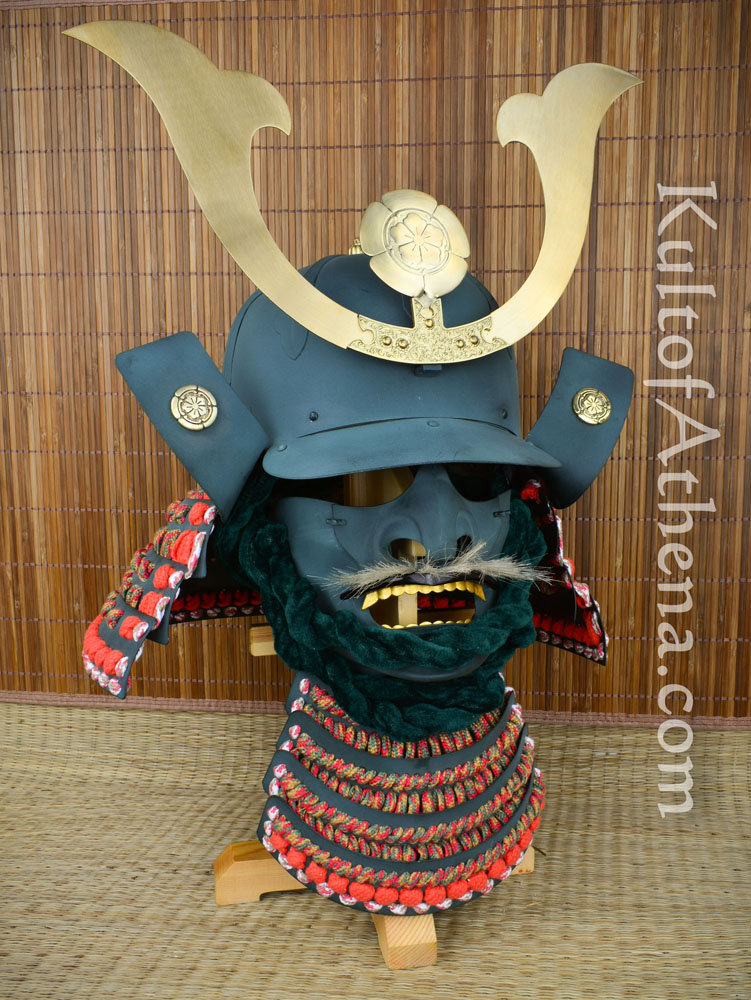
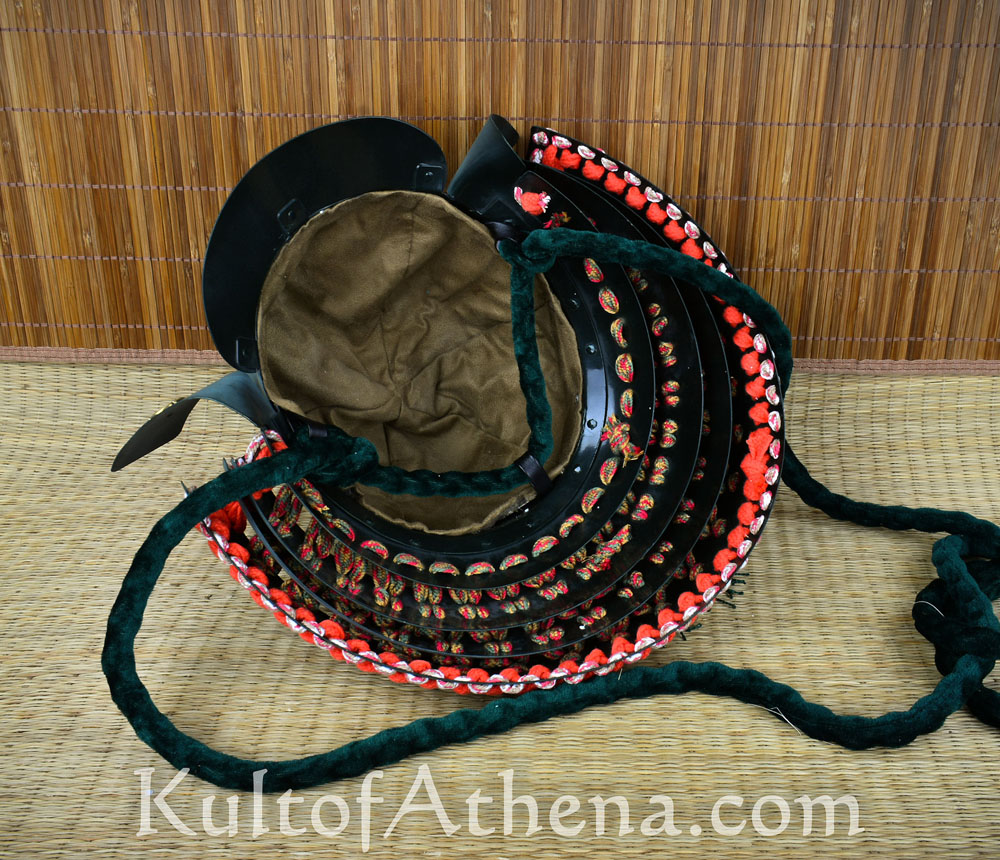
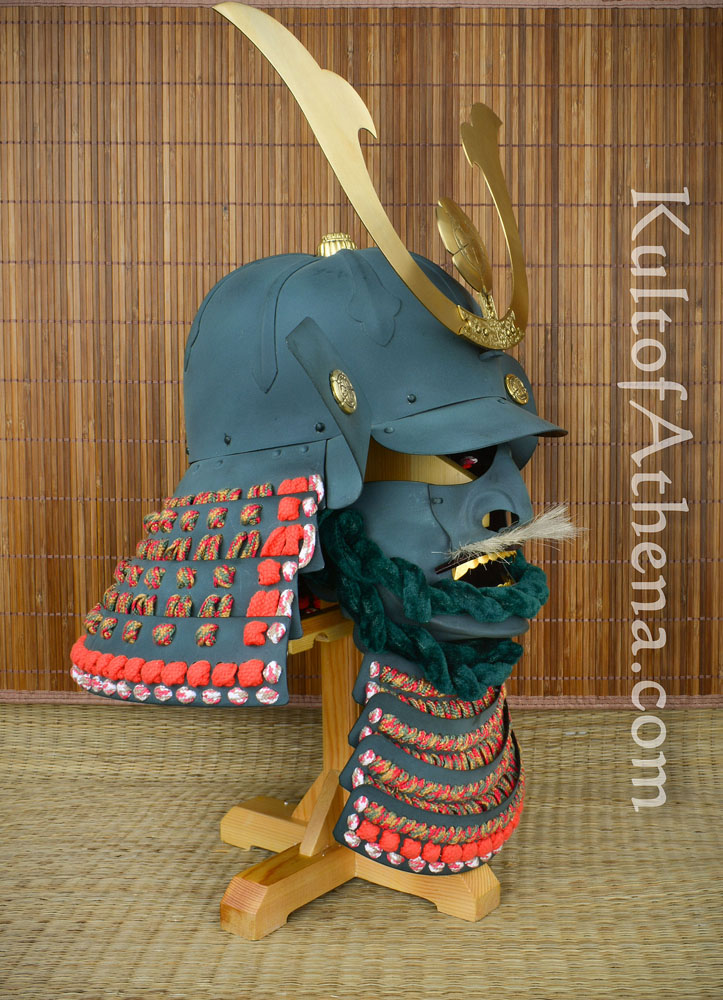
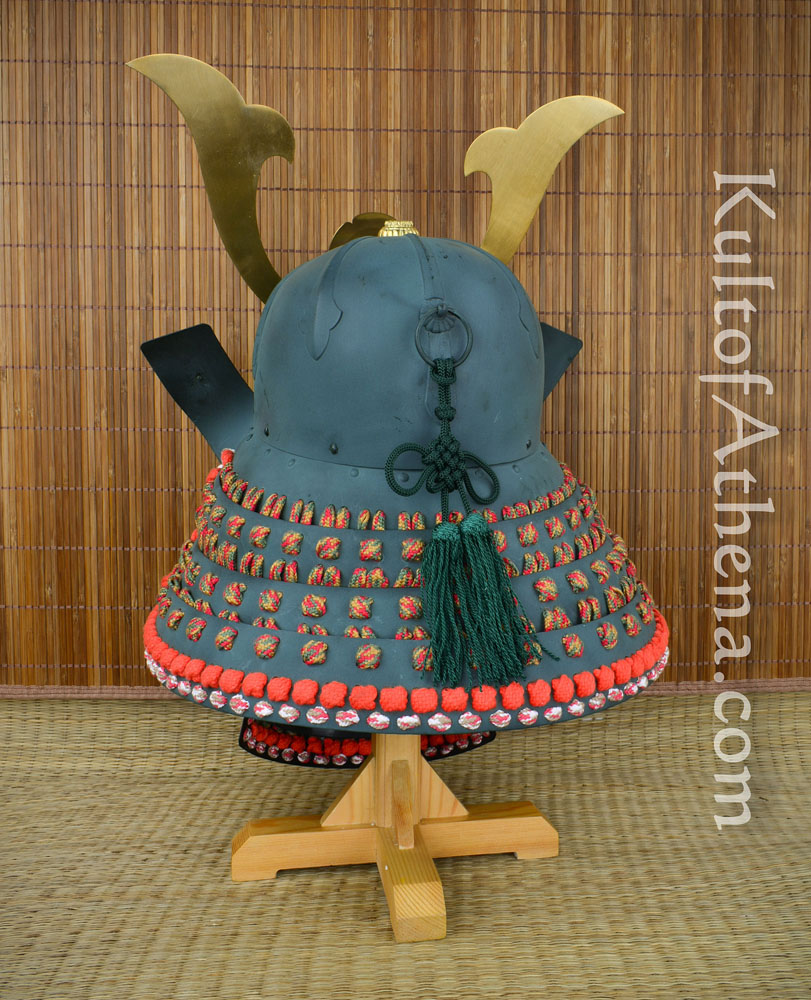
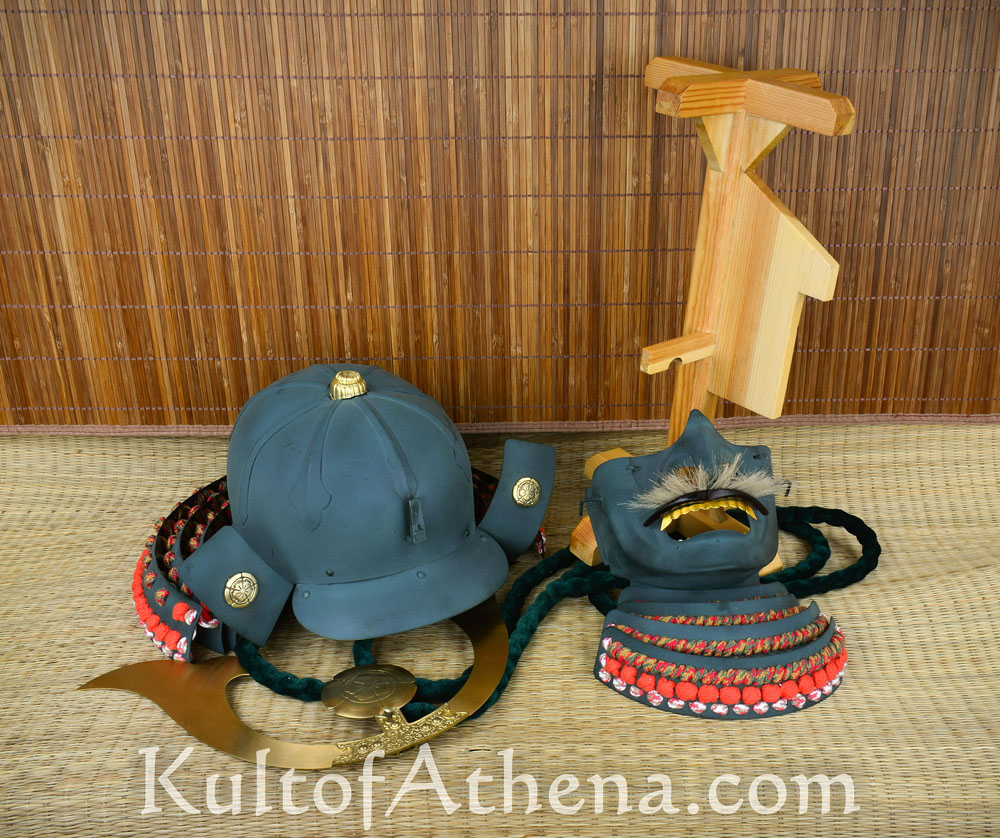

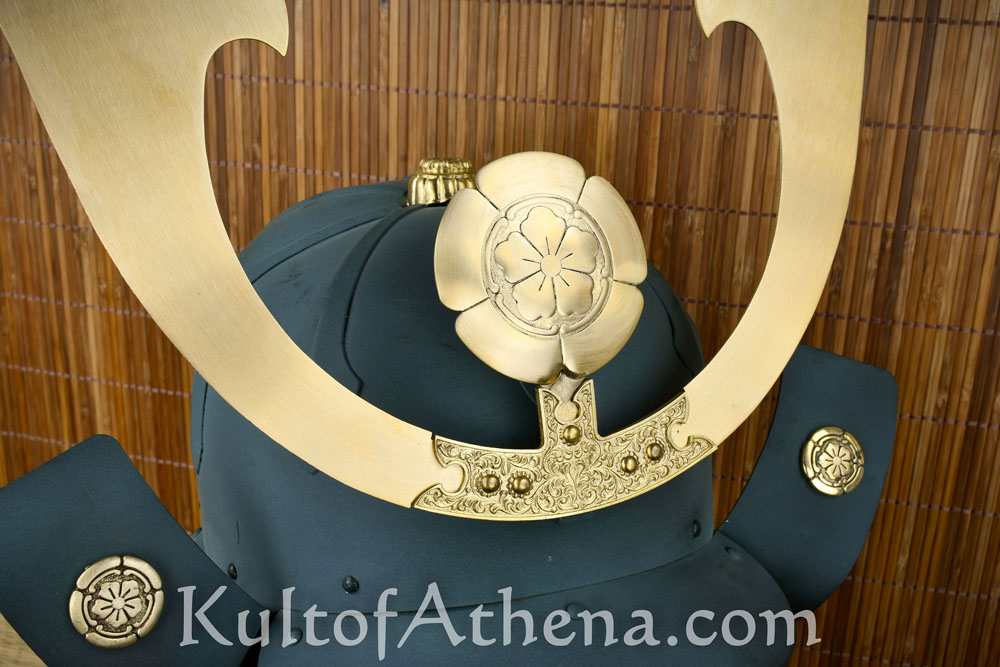
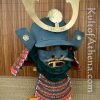
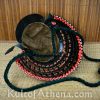
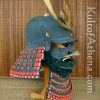
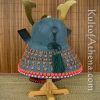
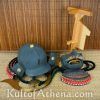
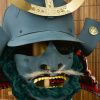
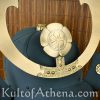
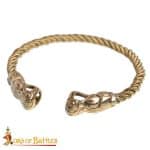
Reviews
There are no reviews yet.